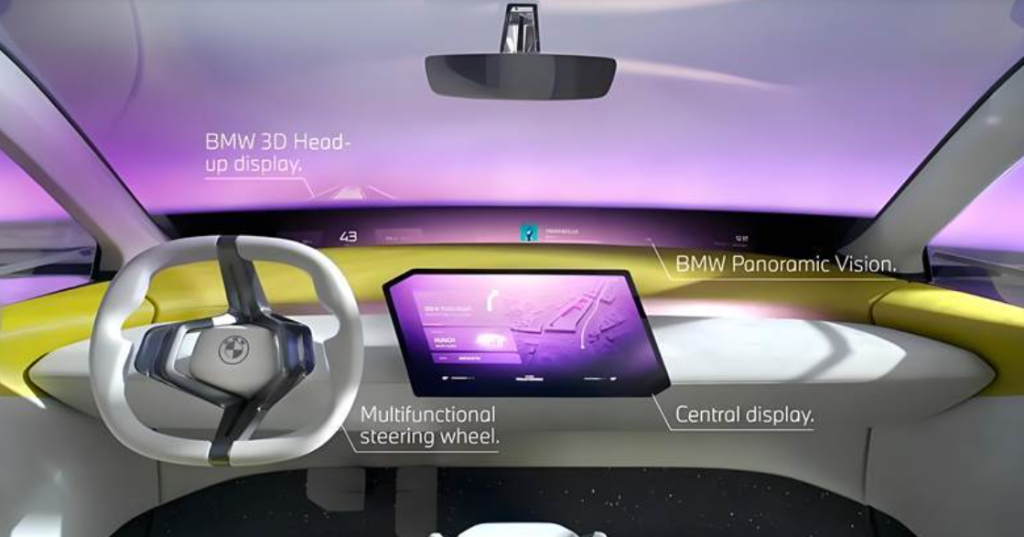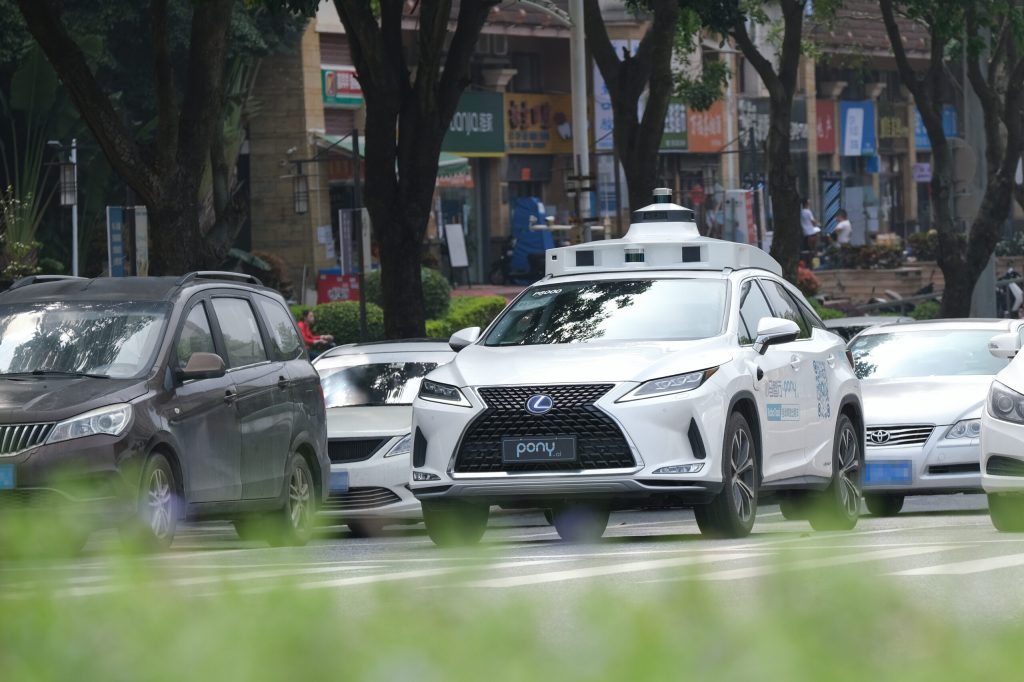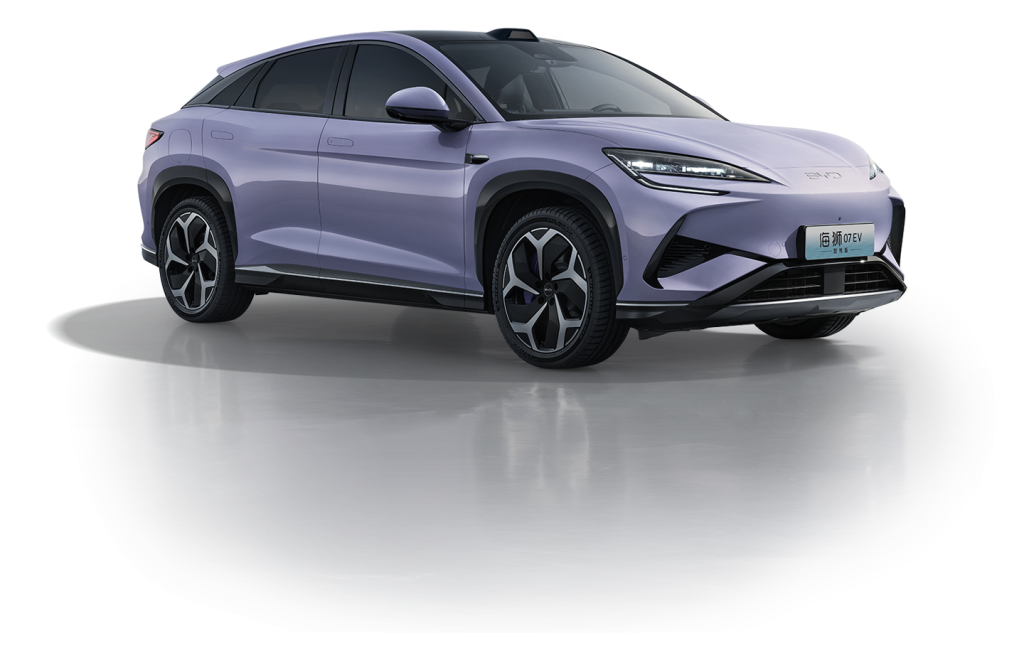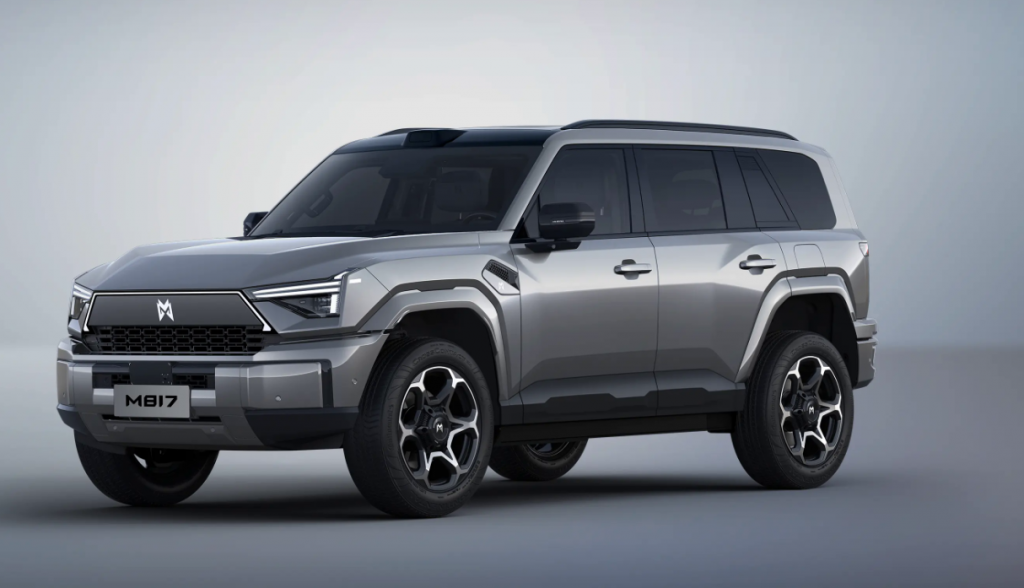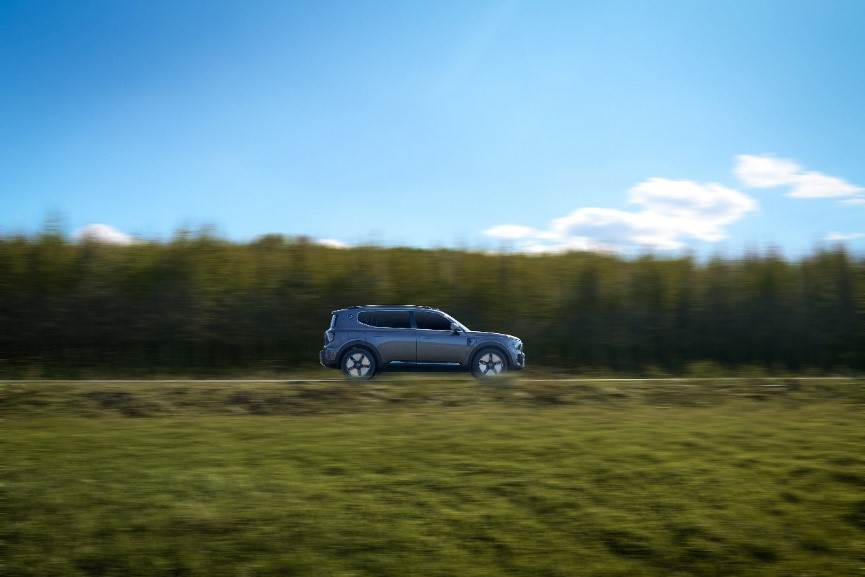August 5, 2025 (Hangzhou) — Suzhou Haige unveiled its “Qingyuan” L4 autonomous bus in Hangzhou’s Linping District, marking the city’s first deployment of fully driverless public transit. The bus integrates multi-sensor fusion (lidar, radar, cameras) and HD mapping for precise navigation, capable of identifying traffic signals, pedestrians, and obstacles. After testing, it will serve routes like Yunqi Town to Hangzhou East Railway Station, expanding smart transport networks.
Key Facts (by Zing team’s analysis):
- Fully Autonomous (L4): Operates without human intervention, handling urban roads, traffic signals, and dynamic obstacles with decision-making AI.
- Multi-Sensor System: Combines lidar, millimeter-wave radar, and cameras for 360° real-time detection (range: 200m+).
- Smart Mobility Applications: Already commercially deployed in Zhejiang (Tonglu, Yuhang), covering 12km routes with 11 stops.
- High Localization Tech: Uses GPS + IMU + wheel-speed + HD maps for cm-level accuracy.
- Proven Track Record: Completed 2024 Wuzhen Summit shuttle missions, with 1M+ autonomous kilometers logged nationwide.
Source: higer.com
EDITOR’S NOTE
China’s autonomous bus sector has come a long way since Baidu’s much-hyped but ultimately shelved Apollo projects nearly a decade ago. It’s hard to define what keeps this company alive. (I’m really annoyed by Baidu, and I need to vent a bit…Every successful product Baidu has ever launched can essentially be described as “a parasite feeding off its search engine.” As for its core competitiveness, its only real victory might just be successfully blocking Google or other search engines from the Chinese market— that’s some next-level deep-water maneuvering, clearly.
The Haige “Qingyuan” represents a more pragmatic, commercially-focused approach — deploying where it makes practical sense before attempting widespread adoption. Unlike earlier autonomous vehicle projects that promised revolution but delivered little, the Qingyuan’s measured rollout shows the industry is adopting a more sustainable path toward commercialization – one realistic test route at a time.

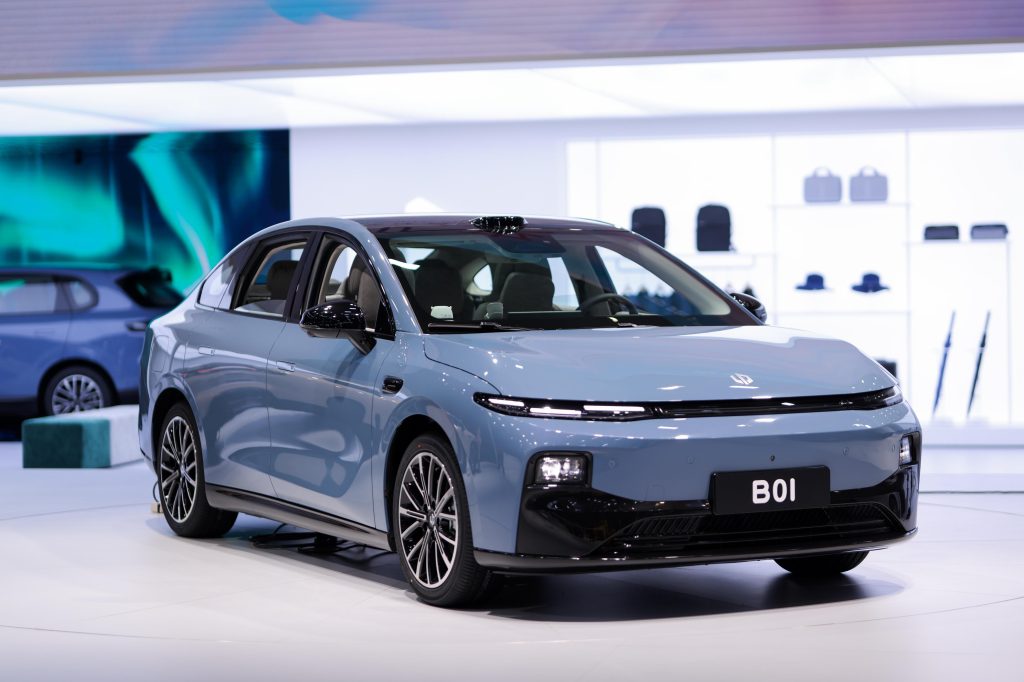



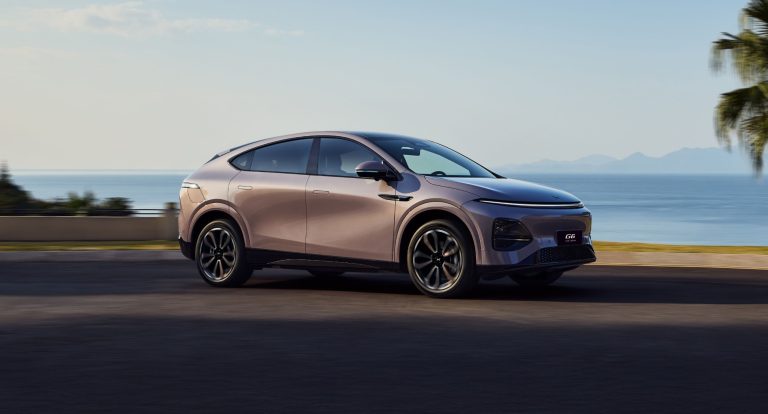


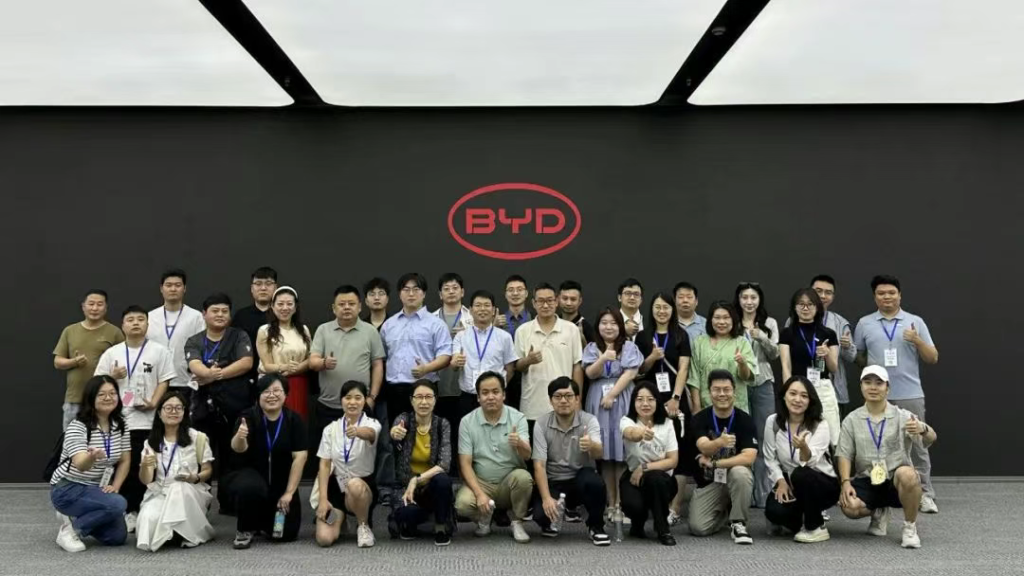

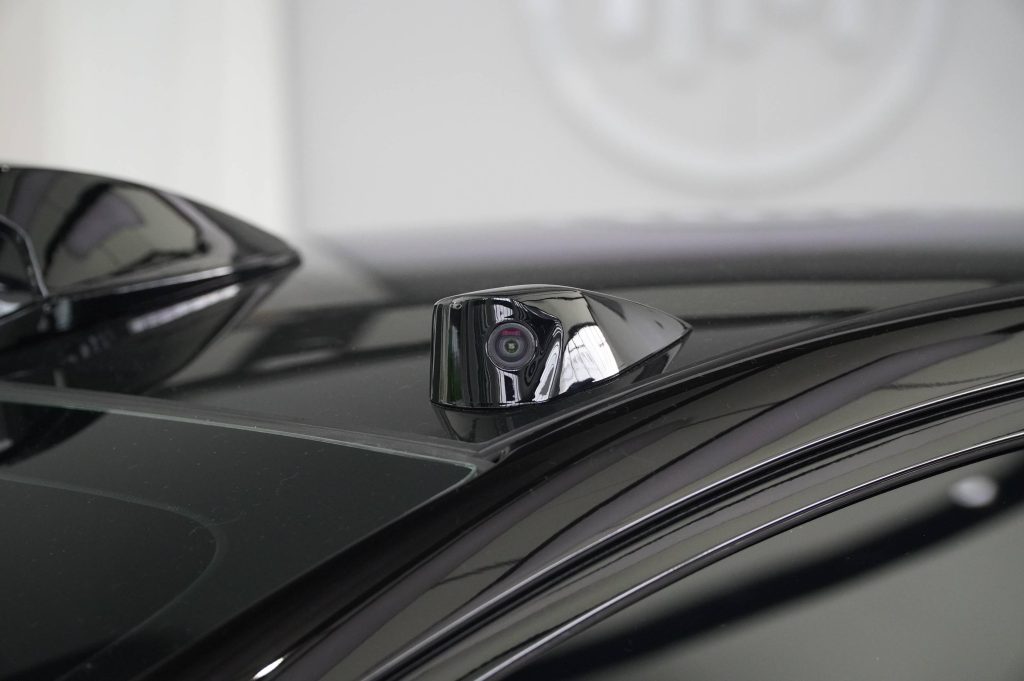
![[POLICY WATCH] CHINA’S 2025 CAR SCRAPPAGE SCHEME: HOW NEVS ARE RESHAPING THE MARKET](http://www.zingevs.com/wp-content/uploads/2025/07/388ec94d-e2cc-4894-97e0-48762c7e4d1d-1024x615.jpg)

